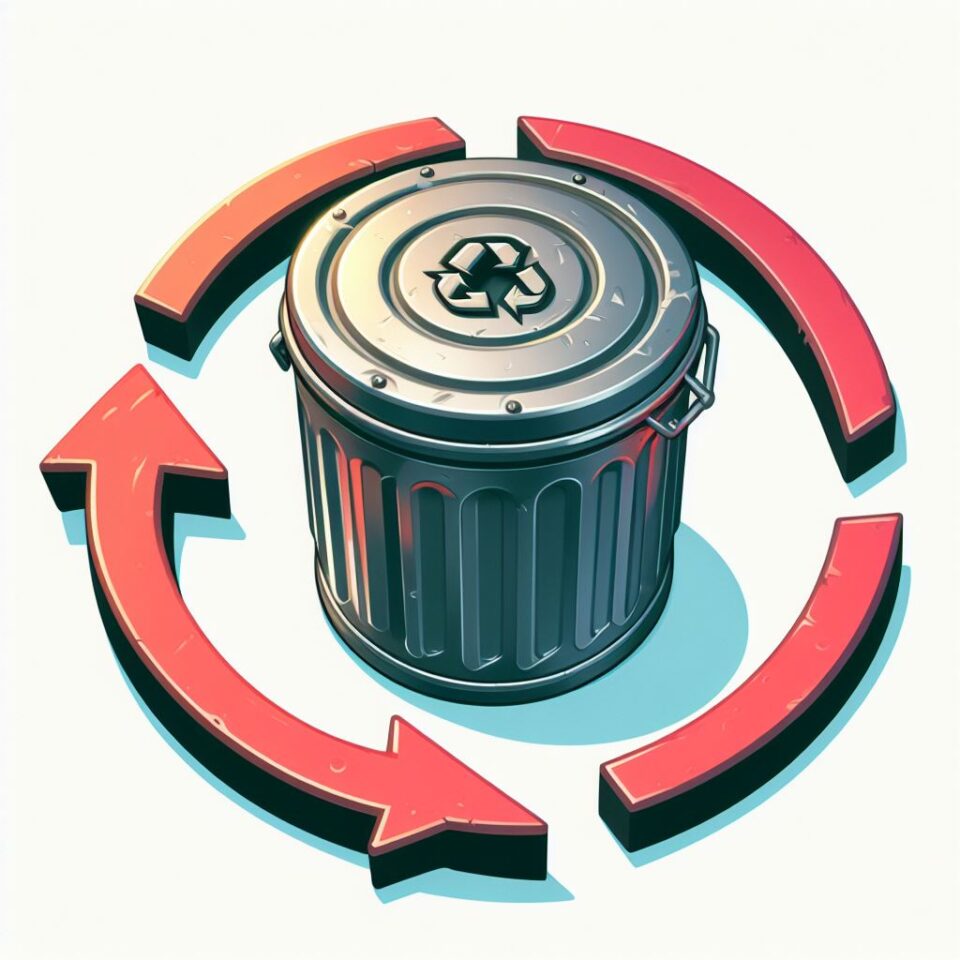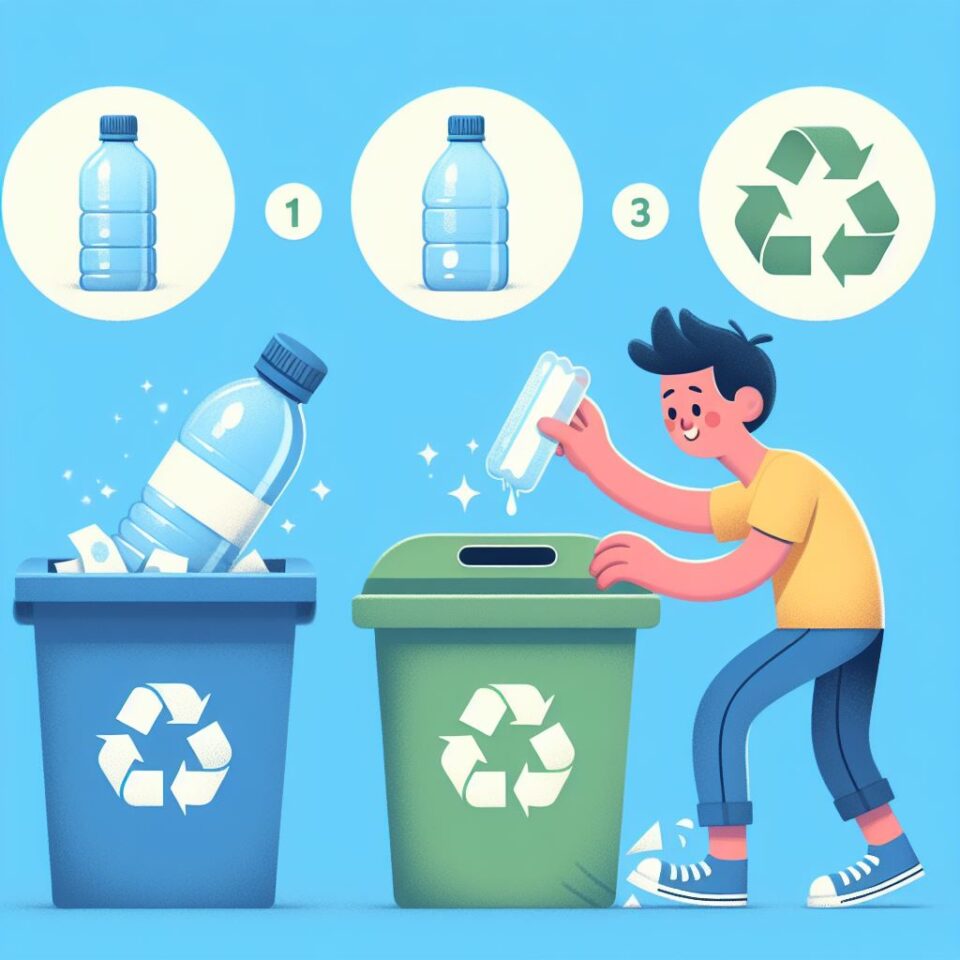In our rapidly evolving world driven by technological advances, a persistent and growing challenge confronts us: the issue of plastic waste. China, a major global producer, contributes an impressive 32% to the world’s plastic production. Despite the technological advances we have achieved, our progress is severely hampered by the increasingly daunting problem of plastic waste, which poses a direct threat to our ability to sustain the ecosystem. A closer analysis of the economic production and ecological policies of countries like India, which produces only 3.1% of the world’s plastic, and is one of the countries that are leading most tackling plastic pollution globally, underscores the critical importance of adopting sustainable models.
Recently, China has taken significant steps to address this challenge, surpassing established standards with initiatives such as the 14th Five-Year Plan to Control Plastic Pollution. This ambitious plan reflects China’s commitment to leading in environmental protection, sustainability, and recycling. Similarly, the United States, through its Department of State, aspires to achieve a 50% recycling rate by 2030, involving the establishment of strategic goals for a resilient municipal solid waste recycling system.
However, regardless of the big promises, we see with data that still big initiatives must be made. The period from 2013 to 2019 witnessed global plastic production outpacing population growth, consolidating an urgent environmental concern. The persistent increase in plastic manufacturing, exceeding a modest population growth of 1.08% in 2019, highlights the significant environmental impact of our consumption patterns. With only 16% of plastic waste being recycled, the majority ends up being dumped, burned, or sent to landfills. The substantial annual production of over 380 million tons of plastic globally raises profound questions about the long-term environmental implications of our choices.
Addressing this multifaceted challenge requires a transition to a circular economy for plastics with enhanced recycling facilities, collaborative efforts between governments, industries, and communities, investments in advanced recycling technologies, awareness campaigns, and incentives for eco-friendly product design. In this context, innovations in chemical recycling, especially in the United States, offer an “infinite” recycling system, reducing carbon footprint by 40-80% and producing high-quality building blocks for various plastic items.

Despite these technological innovations, governmental motivation, goal setting, and investment in such transformative technologies fall short. Companies, in need of a favorable legal framework, often find it economically viable to produce new plastic instead of investing in recycling. To address this, developed countries like Germany, the United Kingdom, and the United States, members of the International Energy Agency (IEA) for Bioenergy, must provide legal clarity by incorporating innovative recycling technologies into regulations to drive sustainable practices.
The cost of recycling plastic waste has led to the exploration of alternatives, such as pyrolysis, which converts plastics into energy. In the UK, cold plasma pyrolysis shows potential in recovering valuable materials from plastic waste and offers viable opportunities, especially in developing countries like South Africa. Consequently, establishing a circular economy for plastics presents a logical and progressive choice, with benefits such as reduced waste management costs and less pollution from this material. This balances harmonious environmental preservation, economic viability, and global responsibility, paving the way for a sustainable future and positioning nations as responsible models.
In this regard, it is essential to change the dynamics of the market and consumption for a successful circular economy of plastics. National leaders must encourage sustainable practices by offering tax reductions, subsidies, and lower prices for recyclable materials. Wealthier countries and international organizations can establish funds, such as the Global Environment Facility (GEF) Fund, to assist underdeveloped countries in transitioning to a circular economy for plastics.

Furthermore, education and awareness campaigns play a crucial role in encouraging eco-friendly practices and innovative initiatives, such as eco-art. Governmental actions can invest in projects that promote home recycling and support artists creating eco-art to raise awareness about plastic pollution. International collaboration, exemplified by agreements involving Germany, the United Kingdom, and the United States, accelerates the transition to a sustainable and circular plastic economy. To achieve this, monitoring and evaluating waste management initiatives are crucial for sustainability, as well as the implementation of proper landfill infrastructure with impermeable linings and gas collection systems. Lastly, recycling in architecture and the use of recycled plastics for construction materials can also reduce the demand for virgin materials and enhance the circular economy of plastics.
At this critical juncture, with the growing awareness of environmental issues, a collective commitment is vital to overcome the plastic crisis. Nations must foster an environment where innovation and sustainable practices thrive, as it is not only about regulations but inspiring a paradigm shift in societal values toward responsible consumption. Additionally, collaborative research on recycling technologies, cross-border initiatives, and knowledge exchange should be intensified. As we look to the future, envisioning a circular economy for plastics requires a holistic global perspective – one that encompasses all aspects of production, consumption, and waste management. Thus, through shared responsibility and concerted action, we can shape a world where plastic waste is not a burden but a resource, contributing to a more resilient and sustainable future.

Renato Cunha (20/03/2022), Recycleye automates the recycling industry by separating waste using computer vision, published in Stylo Urbano

Bibliography:
Note: all the sources below and previously mentioned in the photos, with captions, were accessed between November 24 and December 6, 2023.
Statista Research Department (18/09/2023), Global Plastic Production in 2021, published in Statista.
Recykal (2023), The rising problem of plastic waste in India, published in Recykal.
Lori Campbell (29/06/2023), Countries doing the most to tackle plastic pollution, published in Good With Money.
Naina Bhardwaj (30/06/2022), India’s New Plastic Waste Management Rules Effective, published in India Briefing.
Dr. Falk Lichtenstein (03/07/2023), China’s Plastics and Packaging Legislation, published in CMS Law Tax..
Office of the Spokesperson (28/02/2022), U.S. Actions to Address Plastic Pollution, published in U.S. Department of State.
Statista Research Department (12/06/2023), Global Plastic Production vs. Population Growth, published in Statista.
Katherine Latham (11/05/2021), The world’s first ‘infinite’ plastic, published in BBC (British Broadcasting Corporation).
Isabel Serna (25/04/2023), Converting Plastic Waste to Fuel, published in Plug and Play.
F. Faisal, M.G. Rasul, M.I. Jahirul, D. Schaller (25/02/2023), Pyrolytic Conversion of Waste Plastics to Energy, published in Science Direct.
The Shakti Plastic Industries (07/05/2023), Economic Benefits Of Plastic Recycling, published in The Shakti Plastic Industries.
Joel Berg (27/06/2022), Government’s Role in Recycling Investments, published in FlexPack Voice.
IEA Bioenergy (2023), Bioenergy Initiatives, published in IEA (International Energy Agency) Bioenergy.
The GEF (23/06/2022), Funding for environmental projects, published in The GEF (Global Environment Facility).
Zhao Youcai, Hans-Jürgen Ehrig, Rainer Stegmann, Shreeshivadasan Chelliapan, Shirin Shafiei Ebrahimi, Y. Jayawardhana, M. Vithanage, Kai-Uwe Heyer, Raffaello Cossu, Nicholas P. Cheremisinoff, Hans-Jürgen Ehrig, Tim Robinson, Shrawan K. Singh, Mohammed J.K. Bashir, Bülent Keskinler, Ziyang Lou (2018), Leachate Treatment, published in Science Direct.
Liancheng Li, Jian Zuo, Xiaoguang Duan, Shaobin Wang, Ruidong Chang (09/2022), Waste Plastics to Construction, published in Science Direct.
Alyssa Wilbur (02/06/2023), U.S. State and Local Governments Collaborate to Reduce Plastic Pollution, Strengthen Local Economies, and Minimize the Local Burden of Recycling Plastics, published in ICLEI (International Council for Local Environmental Initiatives) USA.
UNDP (05/06/2023), Collaboration between government, private sector, and communities key to beating plastic pollution in Liberia, published in UNDP (United Nations Development Programme).
Luana Ackaouy (29/01/2021), How Homes Made of Plastic Waste Can Solve a Double Crisis, published in Impakter.
Sangeetha Muralidharan (2015), Eco-friendly Plastic Houses, published in EcoIdeaz.
Plastics – The Mag (16/02/2021), Sustainable homes made from plastic waste, published in Plastics – The Mag.
Recycling Inside (2023), Separation and Sorting Technology, published in Recycling Inside.
EPA (03/08/2023), Basic Information about Landfill Gas, published in EPA (Environmental Protection Agency).
WHO (13/09/2023), Drinking-water, published in WHO (World Health Organization).
AGRU America (2023), The Best Applications of 40 mil HDPE Liner, published in AGRU America.
OECD (2021), Towards a more resource-efficient and circular economy – The role of the G20, published in OECD (Organization for Economic Cooperation and Development).
Plastic Smart Cities – WWF (2023), Monitoring & Assessment – Plastic Smart Cities, published in Plastic Smart Cities – WWF (World Wide Fund For Nature).
Sarah Deweerdt (13/12/2022), Why It’s So Hard to Recycle Plastic, published in Scientific American.
Dietrich Meier, Bert van de Beld, Anthony V. Bridgwater, Douglas C. Elliott, Anja Oasmaa, Fernando Preto (04/2013), State-of-the-art of fast pyrolysis in IEA bioenergy member countries, published in Science Direct.
Averda (2023), Turning plastic waste into a sustainable energy, published in Averda.
Street Art Bio (2016), Bordalo II, published in Street Art Bio.
